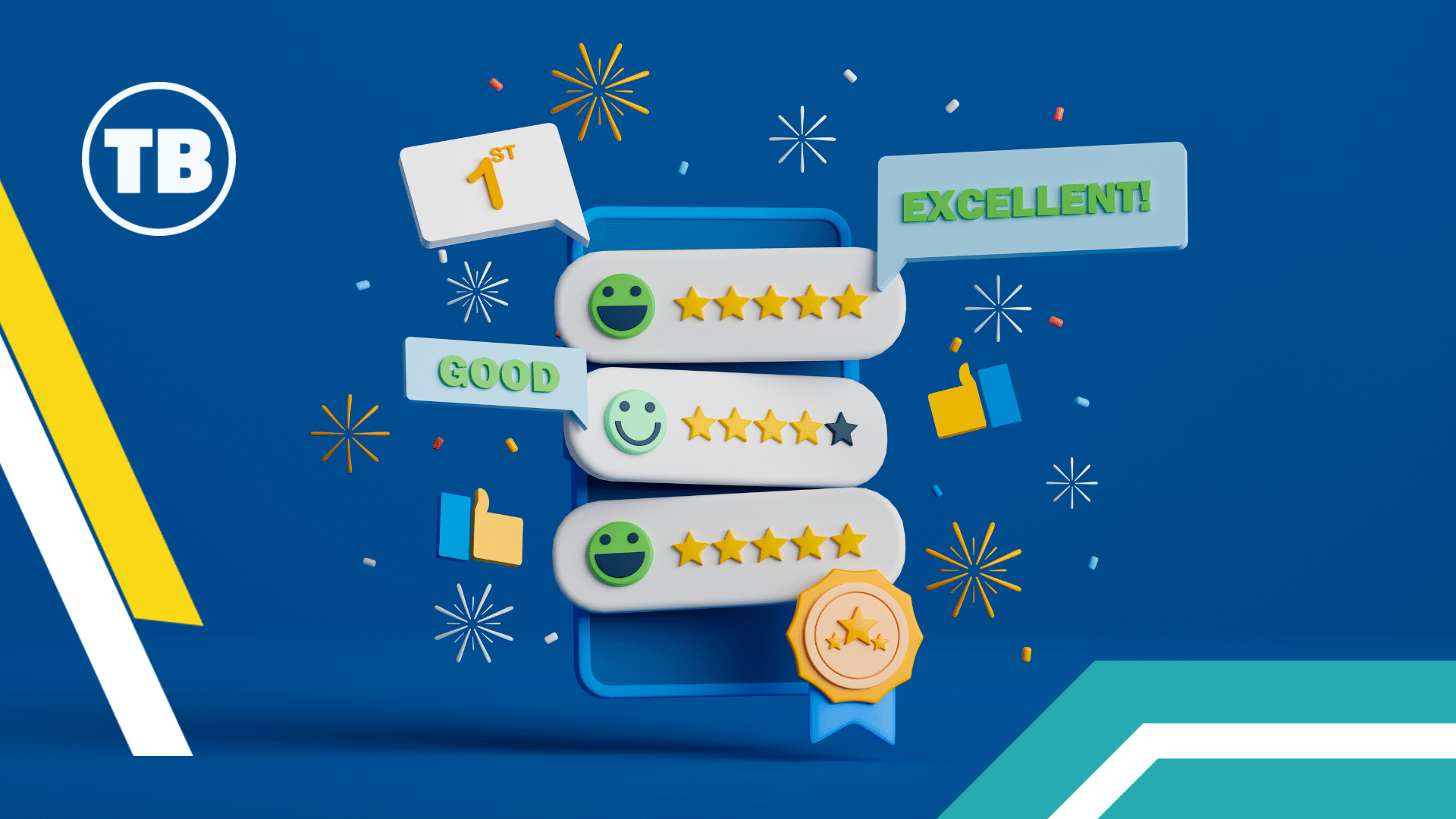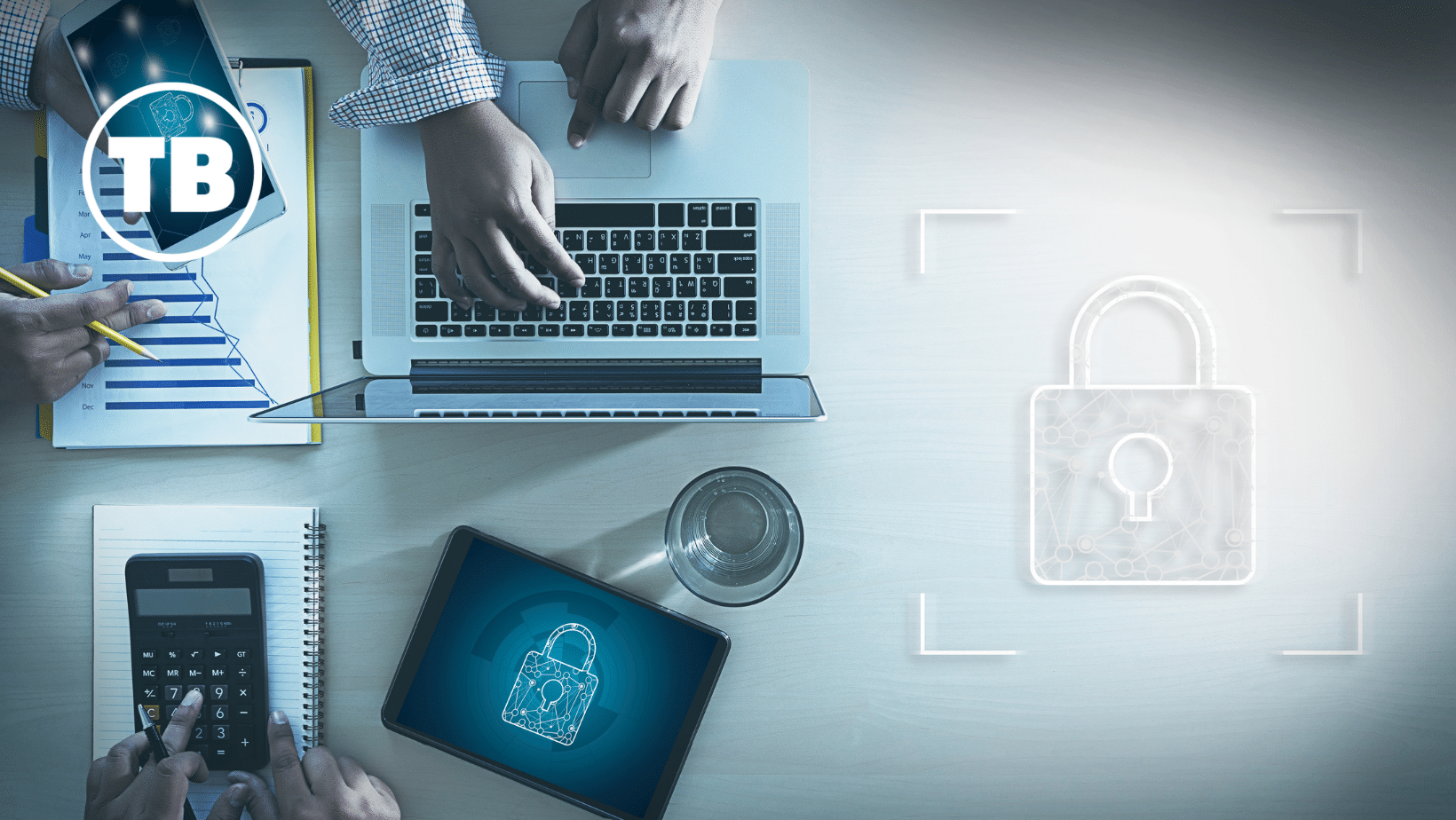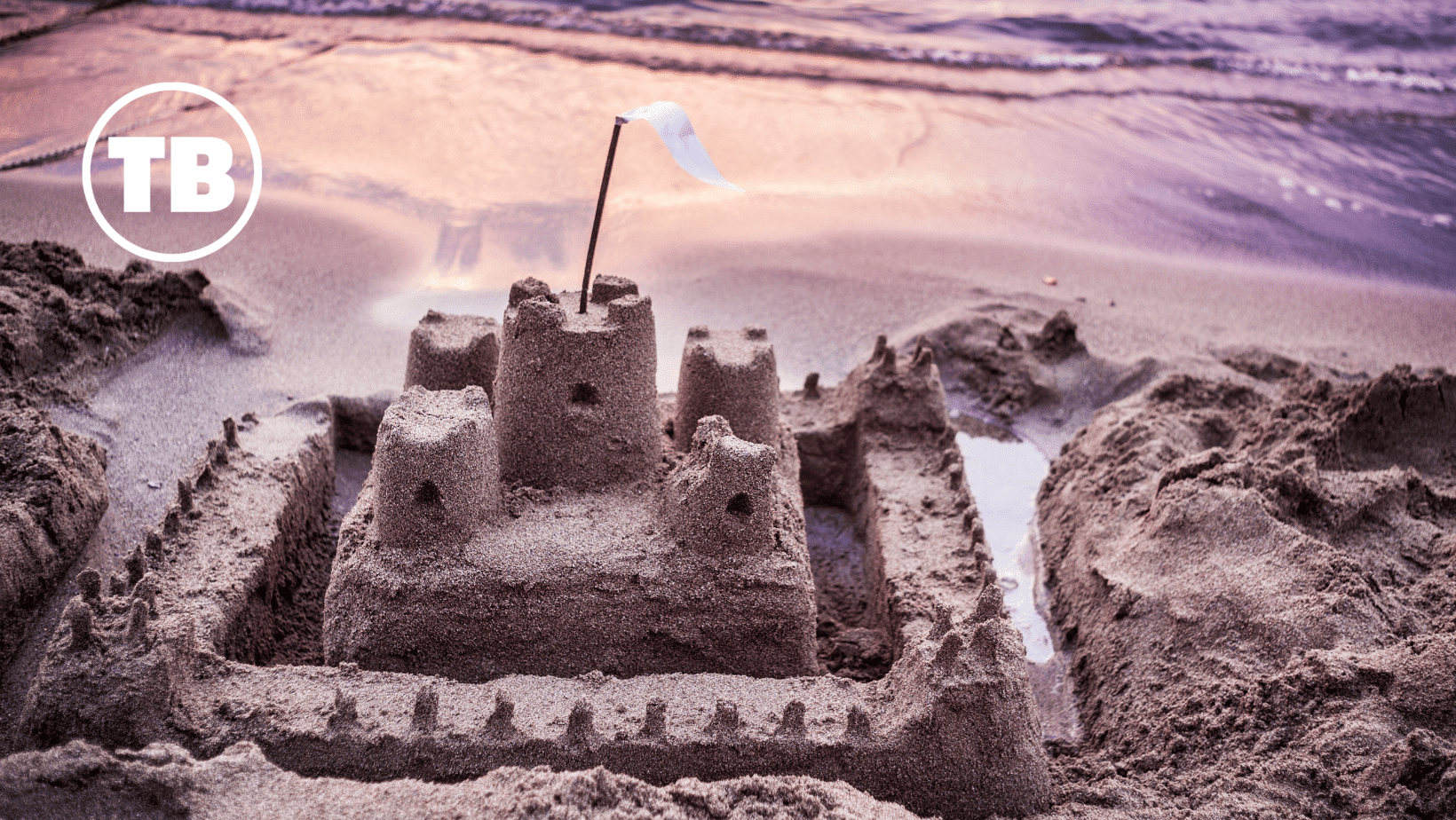 How do you pick the right Hard Disk Drive for the job? Aren’t all Hard Drives the same? Doesn’t the Cloud remove the need for local storage?
How do you pick the right Hard Disk Drive for the job? Aren’t all Hard Drives the same? Doesn’t the Cloud remove the need for local storage?
These are just three of the questions I set out to answer as I explored upgrading the local storage here at Tubb Towers. My trusty 2 Terabyte (TB) Network Attached Storage (NAS) had faithfully served me for many years hosting files for my business, media (movies, music and photographs) for the home and backups of other critical data — but even 2TB was beginning to look a little too-small for my requirements.
So when the folks at Western Digital reached out to me to see if I was interested in trying out their new 8TB WD Red NAS Hard Drive, I jumped at the chance!
WD Red vs Desktop Hard Drives
The first thing to be aware of is that all Hard Drives are not the same. The Hard Drive that is installed in your standard laptop or desktop PC is often designed and tested to be intermittently running for 8-12 hours a day. When I say intermittently, I mean that you’re not using the hard disk continuously. The drive is expecting to be powered down for long periods of time — while you go off to lunch, when you shutdown your PC at the end of the day, or when you’re distracted by the latest videos of cats doing funny things on your Smartphone for long-periods of time.
That’s fine for standard users, but for power-users (such as designers, architects, creatives, photographers, etc) who hammer their hard drive all day, every day, a standard Hard Disk drive is going to start to feel the strain.
And when you’re picking a hard drive to fit inside a server or NAS device, then you need to look for a Hard Drive that is built to be able to run 24x7x365.
It’s in these scenarios for power-users, servers and NAS devices that the WD Red range comes in.
The WD Red range is built for reliability. It has features to reduce excessive vibration and noise in a NAS or RAID environment, and comes with premium support and a 3-year warranty out of the box. I’m always stressing to business professionals that to buy cheaper consumer electronics to use for work purposes is a false-economy. Where you can, always buy business-grade products and services.
The bottom line here is, don’t use standard Desktop Hard Disk Drives in your servers or NAS devices. Instead use a drive that is specifically designed for this purpose instead.
The Cloud vs Local Storage
When I shared with my Facebook and Twitter community that I was looking to replace my NAS, one of the most frequent questions was “Why don’t you use the Cloud instead?”.
To be clear, I’m a *huge* fan of the Cloud. I’m currently typing this article on a Google Chromebook that works almost wholly in the Cloud, and all of my business and personal digital life is stored in the Cloud via Google Drive and Dropbox.
Yet, when it comes to the vast amounts of home media data I collect such as movies, I prefer to store my data locally on a NAS-device that sits on my network.
True, the media on this NAS is still backed up to the Cloud (via Crashplan) and is available for streaming over the ‘net too (via Plex), but that same data stored on Google Drive or Dropbox is too big to be stored in standard free accounts and would therefore incur a monthly expense when stored wholly in the Cloud. This is where the hybrid solution of storing locally and making available via the Cloud works best.
There’s also the bandwidth considerations of storing huge amounts of data solely in the Cloud. While my 200mb home Broadband connection makes streaming and downloading large amounts of data easy, it still struggles when you try to transfer terabytes worth of data in bulk.
Any IT Professionals reading this will know that having client’s data backed up in the Cloud is great, but there’s nothing like a local file store for peace of mind and speed when it comes to restoring terabytes worth of data.
Using the WD Red HDD in a NAS

The WD Red HDD runs NASware 3.0 — so it’s built for optimum NAS compatibility, and I had no problem fitting it into the single-bay Synology DiskStation.
I’ve seen the WD Red fitted in an 8-bay NAS device, meaning up to 64TB of storage. That’s a lot — but then I thought that 2TB was a lot in the NAS I bought a few years ago. Times change!
Remember, I was backing this device up to the Cloud via Crashplan, but if I was running this setup in an office environment then I’d be tempted to go for a mirrored HDD setup in a NAS. The cost of such a device increases, but reliability and recovery-time is often more important in a business environment.
Once installed and setup, the WD Red was snappy at retrieving data and the Synology NAS was feature rich in making my data easily available both across the network and securely across the Internet.
Western Digital also make available a free copy of Acronis True Image WD Edition backup software, to enable you to easily clone a disk.
Conclusion
Not all Hard Drives are made the same, and even with the huge amount of cheap storage space available in the Cloud, local storage space is still required for power-users.
If you’re a home user with an extensive media library of movies, music and photographs, or a business which values reliability over economy when providing storage in your servers or NAS devices, then the WD Red range, backed by business-grade support and warranty, is a no-brainer choice over the standard desktop Hard Disk Drive alternatives.
I partnered with the brand to write this article but every word is mine.














Comments
11 thoughts on How to choose the correct Hard Disk Drive for your server or NAS
JASON ECCLES
3RD OCTOBER 2016 08:33:43
The big backup company backblaze use a lot of hard drives [61,523], and they post the failure rates on their blog every year. It's very interesting - https://www.backblaze.com/blog/hard-drive-reliability-stats-q1-2016/ You might want to review your use of Western Digital if that's the only place your backup is stored :-0
RICHARD TUBB
10TH NOVEMBER 2016 19:25:43
Jason -- thanks for the link to the Backblaze research. My own personal experience has been that Western Digital drives are reliable -- I've used their Green range for a while in addition to the Red HDD I mentioned above. It's always good to be aware of the rest of the market though. :-)
VAUGHAN SHAYLER
3RD DECEMBER 2016 21:03:18
I've struggled with WD Green and Seagate Constellation ES in my NAS. Each time I had 4 * 1TB drives configured in a RAID10. I recently lost all of the data on this when 3 of the drives failed within a day. A few points I think need adding to your article: 1. Adding redundancy with a RAID system is highly recommended given the frequency that HDDs fail, and I'd say essential in the 8 * 8TB NAS scenario you mentioned. 2. Note that this redundancy comes at the cost of capacity. My NAS gave 2.18TB available with 4 HDDs each of 1TB 3. As you point out, backing up is essential.
RICHARD TUBB
6TH DECEMBER 2016 17:32:05
Vaughan -- thanks for the feedback and sharing your experiences with the WD Green drives. I used WD Green drives in my own NAS for a while, but found they weren't the best fit for continuous use. The WD Red seems more reliable in NAS usage. P.S. Great email address! :-)
ALLAN WRIGHT
6TH DECEMBER 2016 19:45:06
Most of the drive failures I've experienced have been Seagate units, 1.5Tb and 2Tb SATA and SAS mostly. On the flip side, HGST drives have been the most reliable in servers and NAS units.
RICHARD TUBB
19TH DECEMBER 2016 16:59:32
Thanks for sharing Allan! It's interesting to see how everyone has their own personal preferences and experiences with HDD manufacturers.
ANYWAY TECHNOLOGIES
6TH MARCH 2017 16:29:10
Hard backups are still essential in many parts of the country. Our company is based out of Arkansas and many of the businesses that we service are located in rural areas where the internet is not strong/reliable enough to wholly migrate to the cloud.
RICHARD TUBB
28TH MARCH 2017 08:55:02
Great point. Here in the UK we still have many rural areas which are poorly served by Broadband Internet. In those cases, a hard backup is still preferable to trying to use a cloud-based backup.
STEVEN LIGHTFOOT
27TH JULY 2017 10:14:26
Nice article richard, would be good to cover differances in types of drives advantages of sas over sata, more smaller drives over larger drives? And a brand failure rate comparison would be very interesting! :)
RICHARD TUBB
31ST JULY 2017 09:07:10
Hi, Steven -- thanks for the kind feedback. Brand failure rates are probably beyond my scope (the good folks at PC Pro may be able to cover this?) but I like the idea of Sas vs SATA. Thanks for the idea!
RICHARD TUBB
14TH JUNE 2018 07:09:24
Thanks for the kind feedback, Clara. :-)